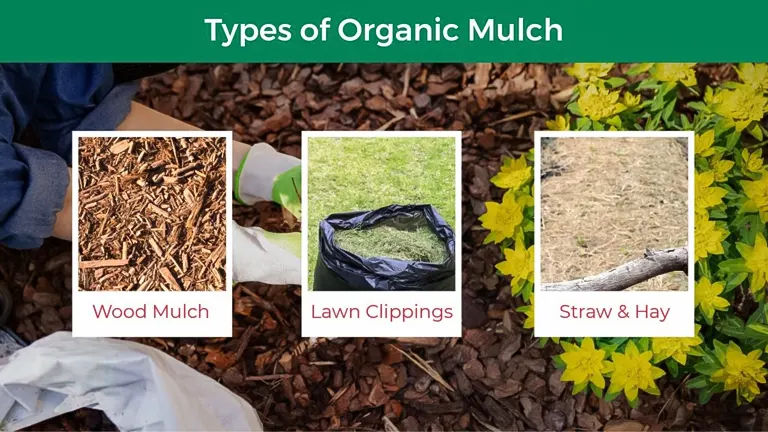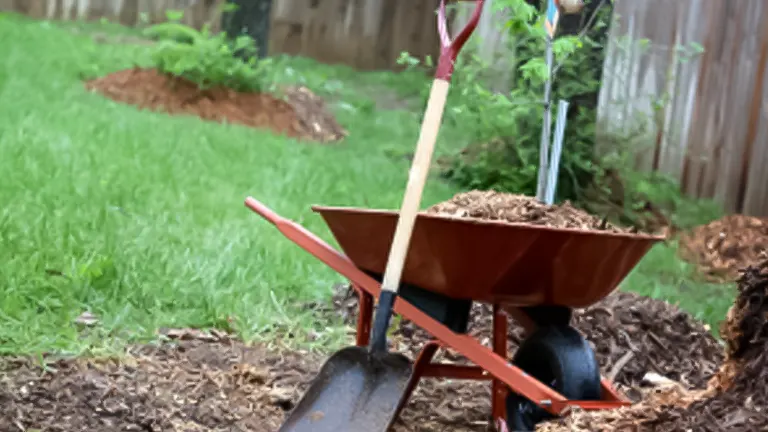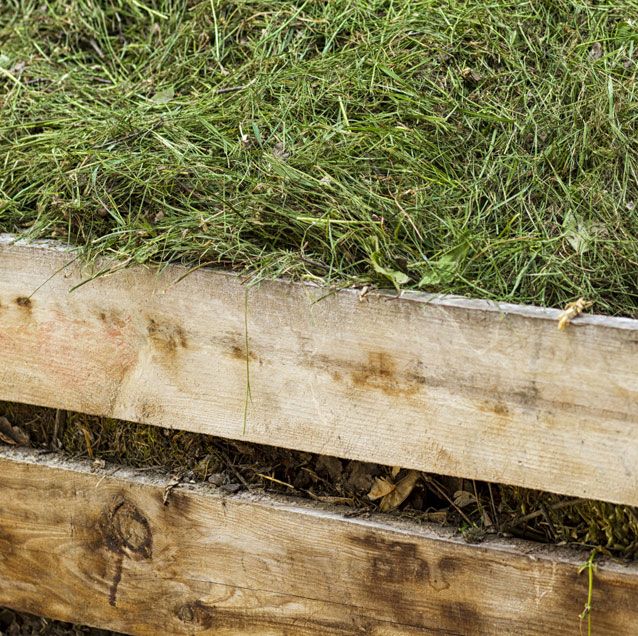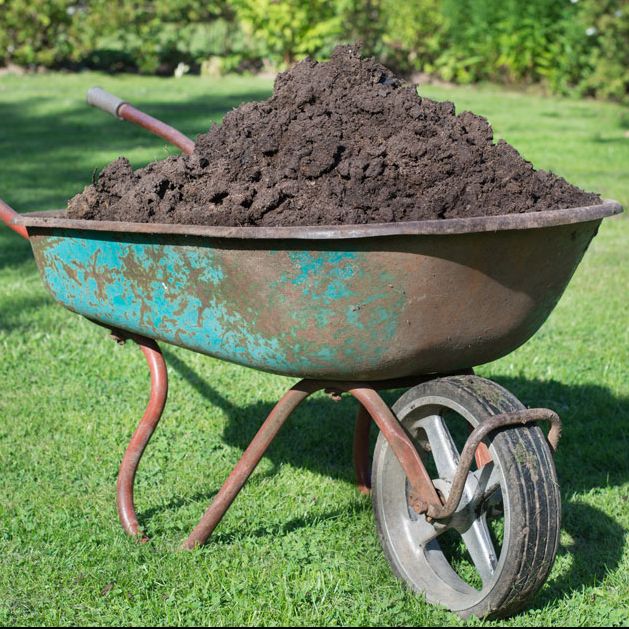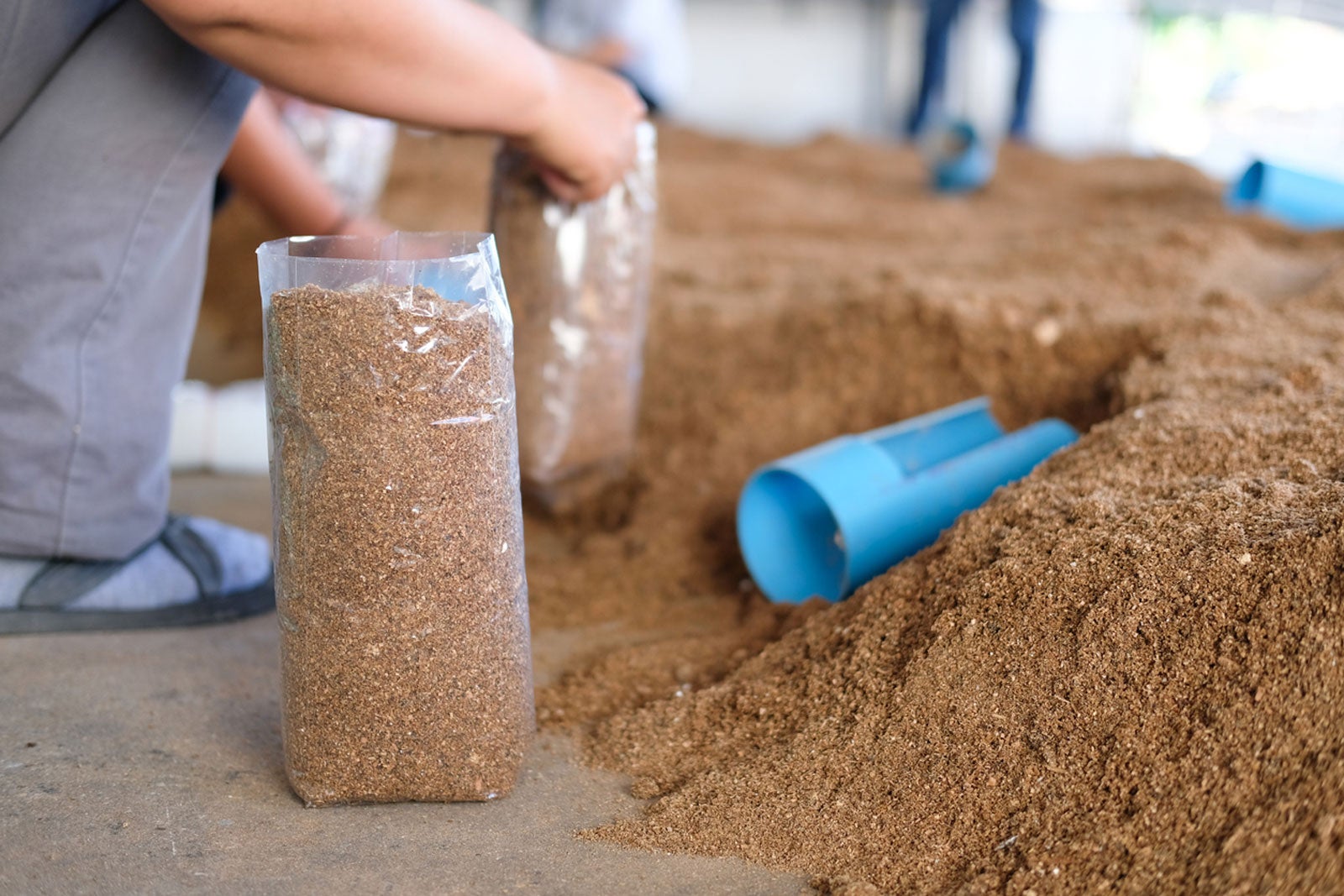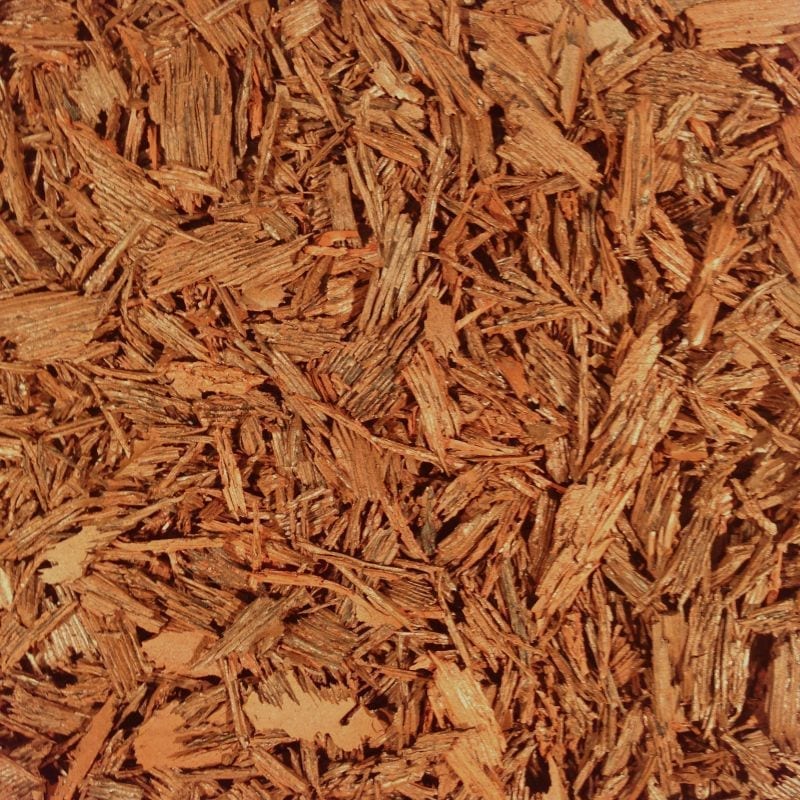Discover Pandipedia
Pandipedia is the world's first encyclopaedia of machine generated content approved by humans. You can contribute by simply searching and clicking/tapping on "Add To Pandipedia" in the answer you like. Learn More
Expand the world's knowledge as you search and help others. Go you!
Let's look at alternatives:
- Modify the query.
- Start a new thread.
- Remove sources (if manually added).
- Request a manual search from our human research team.

Here Smeaton's 'Narrative' must be the text-book, and energy and perseverance the pratique.
Mr. Clerk[1]
This taste for science carried him buoyantly over these hardships and perils.
Unknown[1]

This, in the estimation of the writer, was a matter of no small importance to the future success of the work.
Unknown[1]
From that moment saw the practicability and propriety of fitting up the beacon, not only as a place of refuge, but as a residence
Unknown[1]
Those whom ye deplore are walking with me in white.
Unknown[1]
Let's look at alternatives:
- Modify the query.
- Start a new thread.
- Remove sources (if manually added).
- Request a manual search from our human research team.
Get more accurate answers with Super Search, upload files, personalised discovery feed, save searches and contribute to the PandiPedia.
Let's look at alternatives:
- Modify the query.
- Start a new thread.
- Remove sources (if manually added).
- Request a manual search from our human research team.

The latest UN report highlights that the world is failing to meet the climate target of limiting global warming to 1.5 degrees Celsius, with temperatures already increased by 1.1 degrees Celsius since pre-industrial times[1][4]. Urgent and significant emissions reductions are required, with global greenhouse gas emissions needing to peak before 2025 and drop exponentially thereafter[2][4].
The report underscores the disproportionate impact of climate change on vulnerable populations and ecosystems, calling for a just transition and increased climate finance to support adaptation initiatives[2][3]. Immediate actions are crucial to avoid catastrophic climate impacts and secure a sustainable future for all[3][4].
Let's look at alternatives:
- Modify the query.
- Start a new thread.
- Remove sources (if manually added).
- Request a manual search from our human research team.
In the current landscape of remote work, establishing a functional and stylish home office can be accomplished without extensive resources. Here are key insights and tips on setting up a DIY office using elements you may already have, supplemented by creative solutions.
Utilizing Existing Spaces and Furniture

Start by identifying spaces in your home that can serve as a suitable workspace. Corners of rooms, alcoves, or even converted attic spaces can be ideal for creating small office areas. As source[1] suggests, these under-utilized nooks can often be transformed into efficient workstations. If space is particularly tight, look for areas like the landing or beneath stairs, which can be converted into functional offices with minimal renovation.
Before purchasing new furniture, assess what you already own. Consider repurposing an extra dining table or unused desks as your workspace. Using existing bookshelves or cabinets for storage can also save on costs while maintaining a cohesive look. According to source[2], 'Repurpose furniture and storage solutions you already own' and 'Evaluate what you already own that could serve as a desk and storage.'
Designing the Office Layout
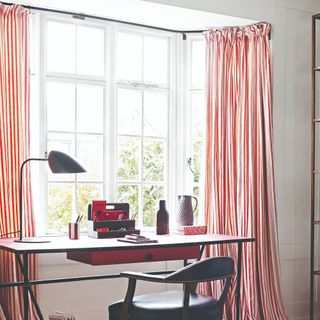
When establishing your workspace, ensure that it is strategically positioned. Natural light is essential, so locate your desk near a window to enhance productivity and reduce energy costs. Source[2] explains that natural light boosts energy and productivity while keeping energy expenses down. If bright light creates glare on your screen, consider using light-blocking window treatments.
Furthermore, optimizing your layout can help define different work zones within a small space. Use rugs, lighting, or shelves to create distinct areas for specific tasks—like computer work versus reading. This approach can minimize visual clutter and enhance focus during work sessions, as highlighted in source[2].
Choosing Functional and Stylish Furniture
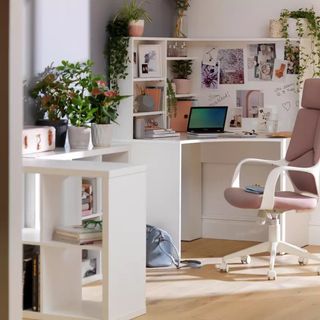
While it's important to save costs, do not compromise on seating. Comfort is key in a home office. Invest in an ergonomic chair that provides necessary support to prevent back and neck pain during long working hours. Source[2] recommends looking for affordable options at sales or second-hand stores.
For the desk selection, consider multifunctional solutions like foldaway desks or console tables that can double as a workspace. This allows for flexibility in smaller spaces, complying with source[1]'s suggestion of using furniture that can serve multiple purposes.
Infusing Personal Style and Comfort
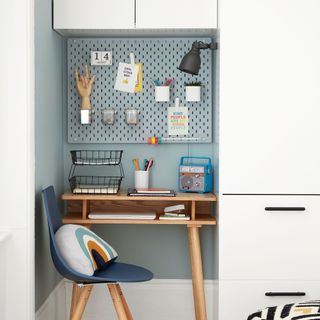
Your home office should reflect your personal style while remaining functional. Add artwork, motivational prints, or a gallery wall featuring family photos to inspire creativity and provide a pleasant visual break from screens. Source[3] mentions using pieces that evoke positive memories to enhance your workspace ambiance.
Incorporating greenery is another effective way to create an inviting environment. Source[2] states, 'Incorporating plants into your home office boosts creativity, productivity, and mood.' If maintenance is a concern, consider low-maintenance plants or even faux options that simulate the aesthetic without the upkeep.
Smart Storage Solutions

Effective organization is crucial, especially in a small workspace. Utilize vertical space to minimize clutter; floating shelves or tall bookcases can provide ample storage for office supplies without sacrificing floor space. Source[3] stresses the importance of staying organized, stating, 'Clutter is not your friend when space is tight.'
Creating DIY storage solutions can also be a fun and cost-effective way to personalize your office. For instance, consider using pegboards or repurposing crates for organizing stationery and storage. Source[2] emphasizes that 'get creative with storage solutions you can make yourself,' offering a chance to both personalize and optimize your space.
Lighting and Ambiance
Proper lighting can significantly impact your productivity. Natural light should be maximized, but additional lighting may be necessary. Overhead lights combined with adjustable desk lamps provide layered illumination, alleviating eye strain. Source[1] states, 'Good lighting is important,' and advises the use of a combination of natural light, task lighting, and ambient lighting.
Consider using smart light switches to control your lighting environment effectively. This can be particularly beneficial during different times of day or various tasks. Automating your lighting can also help save on energy costs, as noted in source[2].
Conclusion
Establishing a DIY home office doesn’t have to be overwhelming or costly. By utilizing existing furniture, strategically planning your space, and infusing personality into the design, you can create a productive and inspiring workspace that fits your style and needs. Make sure to incorporate smart storage solutions, efficient lighting, and personal touches that resonate with you to enhance your overall work-from-home experience.
Let's look at alternatives:
- Modify the query.
- Start a new thread.
- Remove sources (if manually added).
- Request a manual search from our human research team.
Let's look at alternatives:
- Modify the query.
- Start a new thread.
- Remove sources (if manually added).
- Request a manual search from our human research team.
Get more accurate answers with Super Search, upload files, personalised discovery feed, save searches and contribute to the PandiPedia.
Kevin M. Murphy 'won the John Bates Clark Medal' in economics. The medal was awarded to an outstanding American economist under the age of 40.
Let's look at alternatives:
- Modify the query.
- Start a new thread.
- Remove sources (if manually added).
- Request a manual search from our human research team.

The performance of countries in the Olympic Games is influenced by a multitude of factors, including economic resources, social contexts, governance, athlete development, and historical performances. Analyzing the data and trends from the Paris 2024 Olympics offers valuable insights into what drives success in this global sporting spectacle.
Economic Development and Resources

A significant factor that dictates a nation's success at the Olympics is its economic development. Wealthier nations generally secure a distinct advantage, winning a disproportionate share of Olympic medals compared to developing countries. This trend was evident in the 2024 Summer Olympics, where the top ten countries captured 63% of the available medals, underscoring how economic resources facilitate better training facilities, professional coaching, and comprehensive support systems for athletes[3].
Countries with greater GDPs can allocate larger budgets to sports infrastructure, which often results in enhanced training environments. For instance, nations prioritizing investment in sports and athlete development programs tend to see more successful outcomes. The United States, with the highest GDP globally, secured 126 medals at Paris 2024, demonstrating how economic stature correlates with Olympic success[1][3].
Athlete Development Programs

Investment in athlete development also plays a crucial role. Effective training programs, quality coaching, and access to state-of-the-art training facilities allow athletes to reach their potential. For example, the Olympic Solidarity program provided funding and training support for numerous athletes from different countries, improving their chances of success in the Olympics[2]. Such initiatives have proven critical, especially for scholarship-holders who won a notable number of medals during these Games[2].
Social Factors and Gender Equality

Social dynamics, including the promotion of gender equality, additionally influence Olympic outcomes. The Paris 2024 Games were notable for achieving full gender parity, with equal participation from male and female athletes. Countries that champion gender equality in sports often see better medal counts, as both male and female athletes receive equal resources and opportunities[2][3]. This approach not only enhances performance but also fosters a more inclusive sporting culture.
Historical Context and Population Size
While economic factors are pivotal, history and traditional strengths in specific sports contribute to a country’s Olympic success. For instance, countries like Japan and the USA have consistently performed well due to established sports traditions and effective governance structures that prioritize sports[5][6]. However, it's important to note that population size does not necessarily correlate with medal success. The analysis post-2024 showed that larger nations sometimes struggle to match the performance of smaller countries with fewer resources but targeted athlete development[1][3].
Developing countries such as Saint Lucia, which won its first Olympic medal at Paris 2024, illustrate that success can emerge even against economic challenges when strategic investment in sports is made. Athletes from these nations often excel in specific sports, demonstrating that determination and focused development can equal Olympic glory, regardless of a country’s economic status[3][4][10].
The Impact of Political and International Contexts

Political stability and governmental support for sports can also influence Olympic performance. The absence of Russian athletes during the Paris Games due to geopolitical tensions reshaped the competitive landscape, allowing other nations to seize opportunities that might not have been available otherwise[6][9]. Such changes highlight the importance of international relations and policies in determining which nations can effectively compete at the Olympics.
Record-Breaking and Success Stories
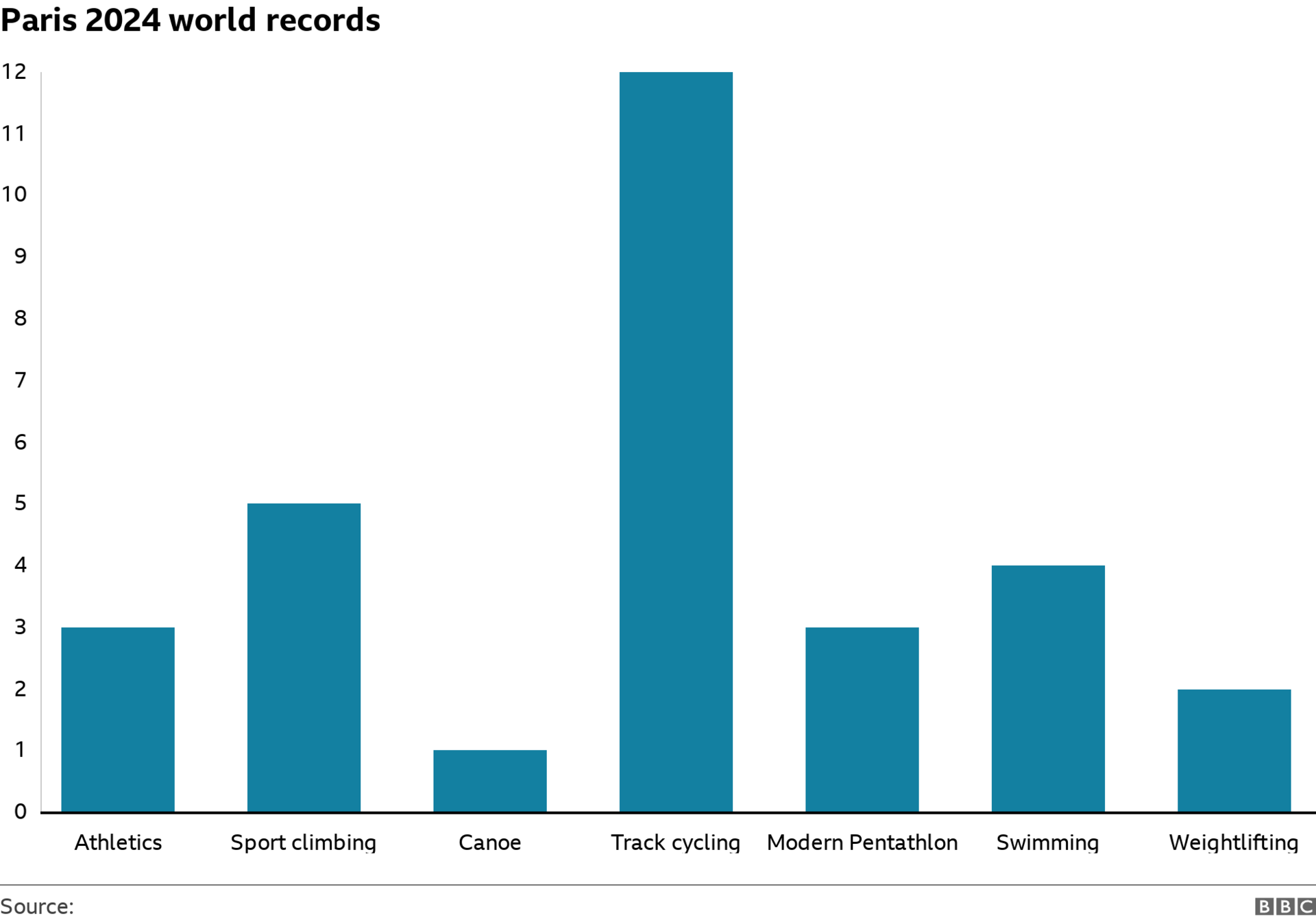
The Paris 2024 Olympics saw numerous records broken across various sports, evidencing a high level of competition and talent. Athletes like Leon Marchand of France shone brightly, securing multiple gold medals and setting new records, which not only brought success to his nation but also highlighted the effectiveness of the athlete development programs in place[5][10]. Similarly, the achievements of some nations in specific sports, such as wrestling and boxing, demonstrate how focused training initiatives can result in notable successes despite the broader economic context[3].
Conclusion
The intersection of economic resources, athlete development programs, social equality, historical context, and political situations create a complex environment that impacts a nation's Olympic success. While wealthy nations generally dominate the medal counts, exceptional performances from smaller or developing countries remind us that with strategic investment and focused efforts, Olympic success can be achieved by nations across the economic spectrum. Moving forward, understanding these factors will be crucial for policymakers and sports federations aiming to foster sporting excellence on a global scale.
Let's look at alternatives:
- Modify the query.
- Start a new thread.
- Remove sources (if manually added).
- Request a manual search from our human research team.
Google's original goal was 'to organize the world’s information and make it universally accessible and useful.' This vision began to take shape when Larry Page and Sergey Brin, while at Stanford University, developed the search engine initially named Backrub, which used links to determine the importance of individual web pages[2][3][4].
The rebranding to Google reflected their ambition to handle vast quantities of information; the name was derived from 'googol,' a term for the number 1 followed by 100 zeros[1][2]. Their innovative PageRank algorithm revolutionized how search engines could assess page relevance, setting the foundation for Google's future success[4][5].
Let's look at alternatives:
- Modify the query.
- Start a new thread.
- Remove sources (if manually added).
- Request a manual search from our human research team.
Organic mulch
Made from materials like wood chips, straw, grass clippings, and compost, these mulches decompose over time, enriching the soil and providing nutrients for plants[1][3][4][5].

Shredded hardwood mulch
Attractive and biodegradable, it's suitable for perennial flower gardens and helps retain moisture while preventing weeds[2].

Dyed wood mulch
Offers bold color and works well for decorative purposes, but might not enrich the soil as it is chemically treated[2].

Pine bark nuggets
Lightweight and effective in retaining moisture, good for decorative uses around flowers, shrubs, and pathways[2].

Fresh wood chips
Can be obtained for free from tree removal services, effective for pathways and weed suppression[2].
Grass clippings
A source of nitrogen-rich mulch, though should be used with caution as they can mat down[2][3].

Pine straw
Lightweight and porous, effective for moisture retention and sunny spots, but may not prevent weeds without additional layers[2][3].


Rubber mulch
Retains moisture and suppresses weeds, made from recycled tires, but does not enrich soil[4].


Plastic sheeting
Used to suppress weeds effectively, but can lead to watering challenges for plants[5].

Wood mulch
Made from timber wood chip, it improves soil structure and helps with weed control when layered appropriately[3].
Mushroom compost
Alkaline and light, excellent for lime-loving vegetables but should be avoided around acid-loving plants[4].
Shredded rubber mulch
Provides moisture retention and weed suppression but use with caution due to potential chemical leaching[4].
Let's look at alternatives:
- Modify the query.
- Start a new thread.
- Remove sources (if manually added).
- Request a manual search from our human research team.

